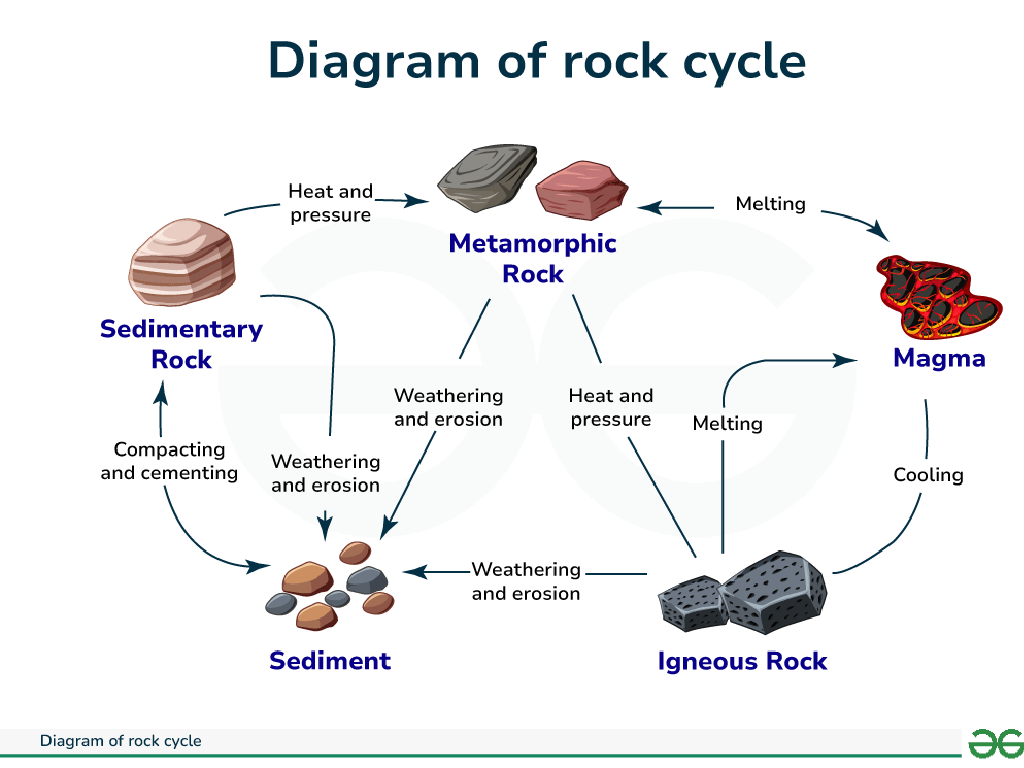Identify And Select Countries Of Asia: Region 4
Subject: Social studies
Grade: Seventh grade
Topic: Asia: Geography
Please LOG IN to download the presentation. Access is available to registered users only.
View More Content
Exploring Asia: Region 4
– Asia: Earth’s largest continent
– Asia covers 30% of Earth’s land area.
– Diversity: Cultures, languages, landscapes
– Home to over 2,000 languages and a variety of ecosystems.
– Focus: Countries of Asia – Region 4
– Learn about specific countries in this subregion.
– Identifying Region 4 countries on a map
– Use a map to locate and recognize these countries.
|
This slide introduces students to Asia, the largest continent by both size and population. Emphasize the vast diversity found within Asia, including cultural, linguistic, and geographical differences. Today’s lesson will focus on Region 4 of Asia, which may include a specific subregion or grouping of countries depending on the curriculum. Encourage students to think about what they already know about Asia and what they are curious to learn. The activity will involve identifying and selecting countries from Region 4 on a map, providing a visual and interactive way to connect with the material.
Exploring Asia: Region 4 – Southeast Asia
– Asia’s regional division
– Asia is divided for easier study and management
– Spotlight on Region 4
– Region 4, known as Southeast Asia, is a distinct area
– Countries within Region 4
– Includes Thailand, Vietnam, Singapore, etc.
– Geographical significance
– Region 4 is known for its cultural diversity and strategic location
|
This slide introduces students to the concept of dividing Asia into regions for a more structured study. Region 4, Southeast Asia, includes countries such as Thailand, Vietnam, Singapore, Philippines, Malaysia, Indonesia, Brunei, Myanmar (Burma), Cambodia, Laos, and East Timor. Emphasize the diversity and the strategic importance of Southeast Asia in terms of geography, economy, and culture. Encourage students to locate these countries on a map and recognize the physical and political boundaries. This will set the foundation for a deeper exploration of each country’s unique characteristics in subsequent lessons.
Geography of Asia: Region 4
– Mountains and rivers in Region 4
– Himalayas and Mekong River shape the landscape.
– Climate and natural resources
– Monsoon climate, rich in minerals and forests.
– Geography’s impact on life
– Terrain and weather influence agriculture and settlements.
– Exploring Region 4’s diversity
|
This slide aims to introduce students to the physical geography of Asia’s Region 4, which includes diverse features such as the Himalayas and the Mekong River. Emphasize how these features contribute to the region’s climate patterns, including the monsoon rains that affect agriculture and daily life. Discuss the abundance of natural resources like minerals and dense forests, and how they are utilized by the local populations. Highlight how the geography of Region 4 has shaped the cultural and economic practices of its inhabitants. Encourage students to explore the diversity within this region and consider how living in such an environment would influence their own lives.
Cultural Highlights of Asia: Region 4
– Diversity of languages in Region 4
– Region 4 includes languages such as Mandarin, Hindi, and Arabic.
– Festivals and traditions celebrated
– Diwali, Chinese New Year, and Eid are key festivals.
– Unique country characteristics
– Each country has distinct food, clothing, and architecture.
– Exploring cultural uniqueness
|
This slide aims to give students a glimpse into the rich cultural tapestry of Asia’s Region 4. Highlight the linguistic diversity, with many countries having their own languages and dialects. Discuss the significance of festivals like Diwali in India, Chinese New Year in China, and Eid in Islamic countries, which reflect the region’s religious and cultural diversity. Encourage students to research unique aspects of different countries, such as traditional clothing like the Indian saree or the Chinese hanfu, local cuisines, and architectural styles like the Indian Taj Mahal or the Great Wall of China. This exploration will help students appreciate the cultural richness and diversity within Asia.
Political Map of Asia: Region 4
– Identify Region 4 countries
– Locate and label countries like Thailand, Vietnam, etc.
– Capitals and major cities
– Learn capitals like Bangkok, Hanoi, and other key cities
– Significance of political boundaries
– Understand how boundaries affect culture, economy, and relations
– Labeling activity in class
|
This slide aims to familiarize students with the political geography of Asia’s Region 4. Start by showing a blank political map and guide students to identify and label each country. Emphasize the capitals and major cities, discussing their roles in the country’s identity and function. Highlight the importance of political boundaries in shaping a nation’s history, culture, and its international relationships. Engage students with a hands-on activity where they label a printed map with the provided information. This will help reinforce their knowledge and provide a visual understanding of the region’s geography.
Economic Overview of Asia: Region 4
– Major industries in Region 4
– Key sectors include manufacturing, technology, and textiles.
– Agricultural practices
– Rice, tea, and rubber are commonly farmed.
– Trade and economic challenges
– Discuss barriers like tariffs and infrastructure.
– Geography’s impact on economy
– Terrain and climate influence production and trade.
|
This slide provides an economic snapshot of Asia’s Region 4, highlighting the dominant industries such as manufacturing, technology, and textiles, which are pivotal for the region’s economic growth. Agriculture also plays a significant role, with rice, tea, and rubber being the primary crops due to the region’s favorable climate and terrain. Students should understand how geography can both benefit and pose challenges to economic activities, affecting what is produced and how goods are traded. Discuss the economic challenges that the region faces, including trade barriers and the need for better infrastructure. Encourage students to think about how these economic factors influence daily life and global trade.
Mapping Asia: Region 4 Exploration
– Label Region 4 countries on a map
– Mark capitals and major features
– Research and note an interesting fact
– Look for unique cultural, historical, or geographical details
– Present your findings to the class
|
This class activity is designed to help students learn about the geography of Asia’s Region 4 through an interactive mapping exercise. Provide students with blank maps and have them label each country in Region 4. They should also mark the capital cities and significant physical features such as mountains, rivers, and deserts. Encourage students to research and write down one interesting fact about each country to share with the class. This could be related to the country’s culture, history, or geography. Possible activities include working in pairs to compare facts, creating a fact gallery walk with their maps, or even a quiz game where students guess the country based on the interesting fact. This exercise will enhance their map-reading skills and geographical knowledge while engaging them in active learning.
Review: Geography of Asia – Region 4
– Recap of today’s lesson
– Open floor for questions
– Geography’s impact on Region 4
– How do mountains, rivers, and climate shape life in Region 4?
– Discuss and reflect
– Share thoughts on how geography influences culture, economy, and daily life.
|
This slide aims to consolidate the students’ understanding of the geography of Asia’s Region 4. Begin with a brief recap of the key points covered in the lesson, ensuring that students have grasped the essential information. Then, invite students to ask any questions they may have or share comments, fostering an interactive learning environment. Lead a discussion on how the physical geography of Region 4, such as its mountains, rivers, and climate, affects the countries within it. Encourage students to consider the influence of geography on aspects such as culture, economy, and the daily lives of the people. This reflection will help students appreciate the interconnectedness of geography and human activity.
Homework: Explore an Asian Country
– Research a Region 4 country
– Focus on geography, culture, economy
– Look at maps, read about the people, and their way of life
– Create a short presentation
– Include interesting facts and figures
– Present your findings next class
– Practice speaking clearly and confidently
|
This assignment is designed to deepen students’ understanding of Asia’s diverse Region 4 by having them explore a specific country’s geography, culture, and economy. Encourage students to use various sources such as books, reputable websites, and documentaries for their research. They should aim to create an engaging presentation that includes key facts, such as the country’s location, physical features, traditional customs, language, and economic activities. Remind them to practice their presentation skills to effectively communicate their findings. Provide a list of countries from Region 4 for them to choose from and offer guidance on how to structure their presentations. This activity will help students develop research skills and public speaking confidence.






